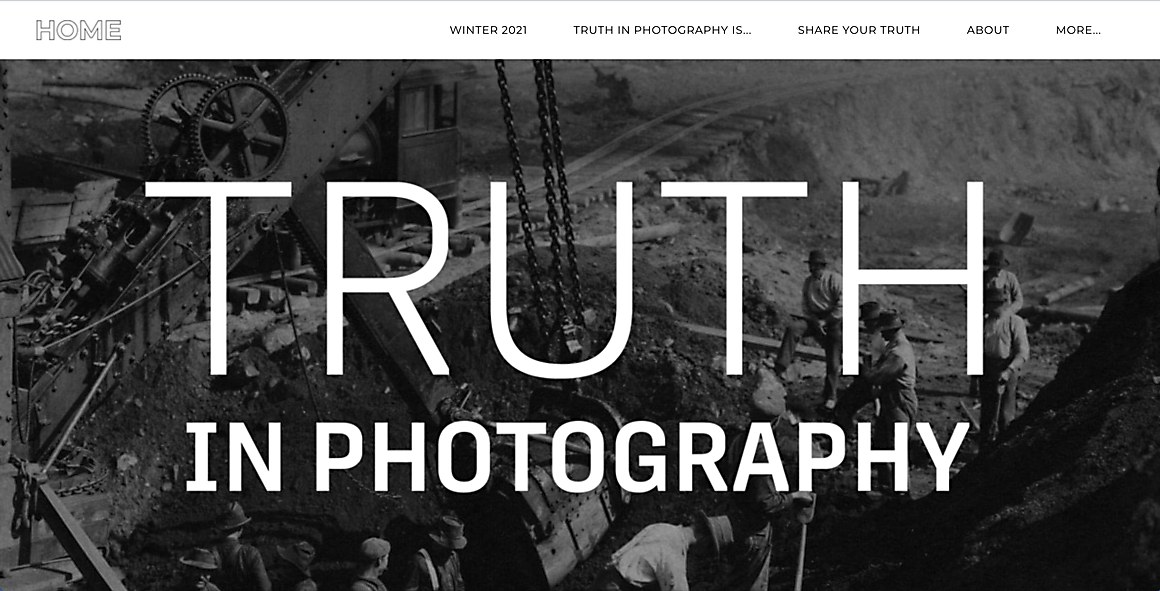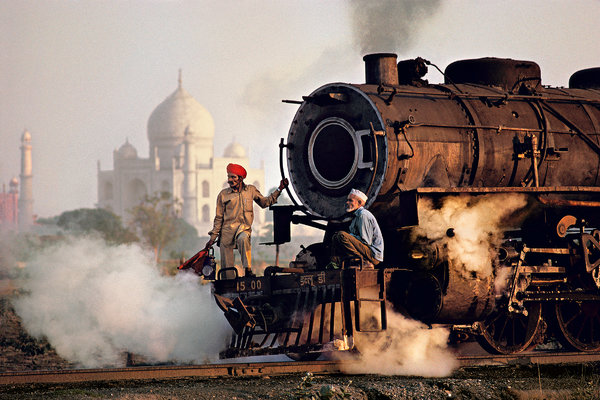ESSAY: Photography and Truth: Can a photograph lie?
DEADLINE: Mon 4 Nov
Can a photograph lie?
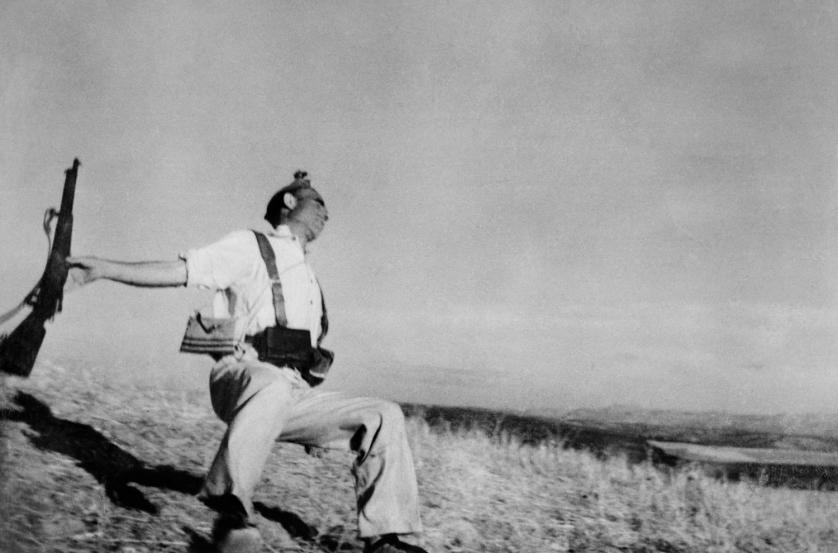
Are all photographs reliable?

A photograph is a certain delivery of facts?
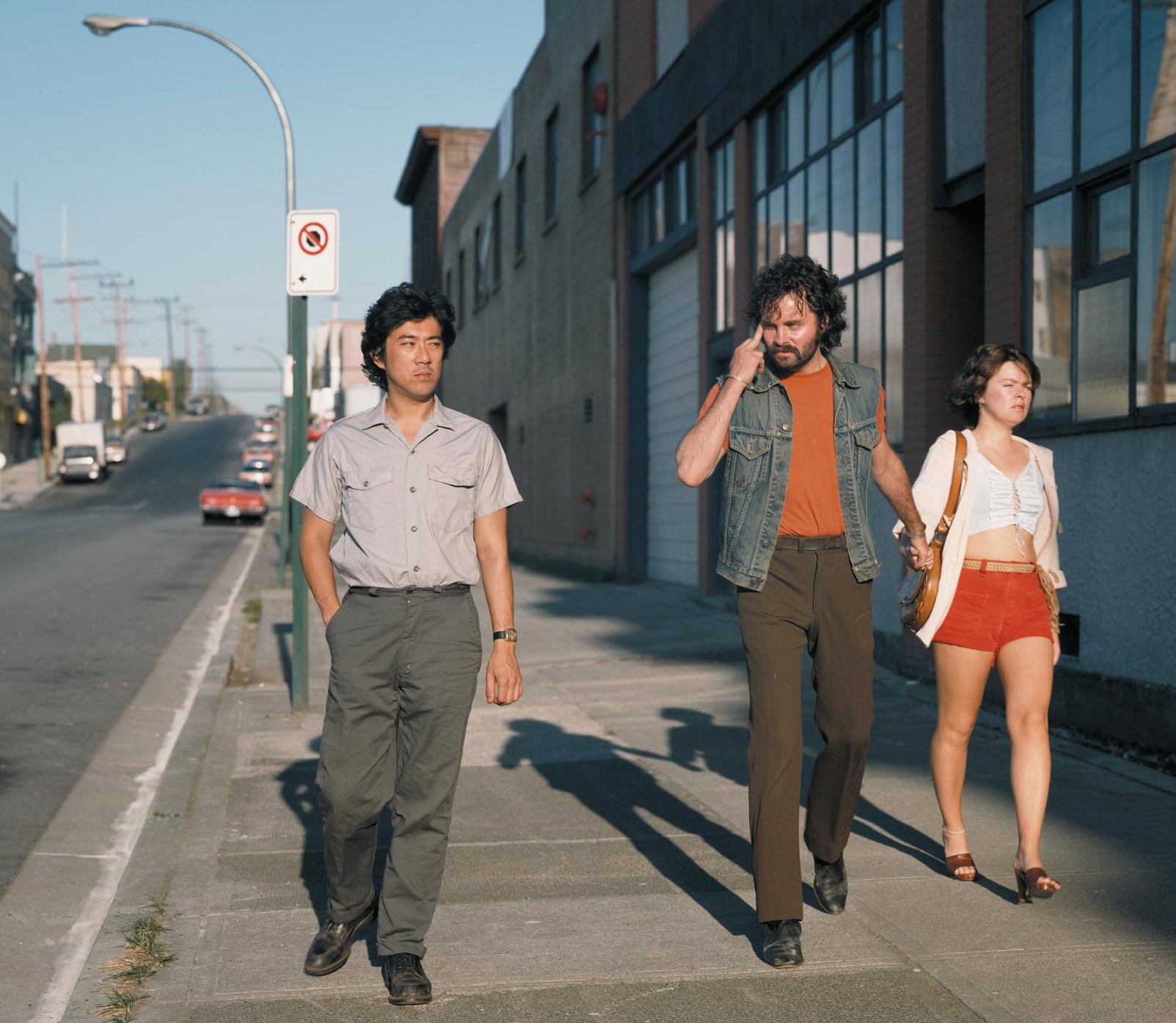
Claims of truth that most people take for granted?

You often hear a photographer saying: ‘the camera was there and recorded what I saw’.
A common phrase is to ‘shed light on a situation’ meaning to find out the truth.
‘A picture tells a 1000 words‘, is another aphorism that imply images are more reliable.

Picasso famously said: ‘We all know that art is not truth. Art is a lie that makes us realise truth.’
Magritte’s painting La Trahison des Images in which he painted a picture of a pipe with the words ‘Ceci n’est pas une pipe’ (This is not a pipe) goes some way towards an explanation.
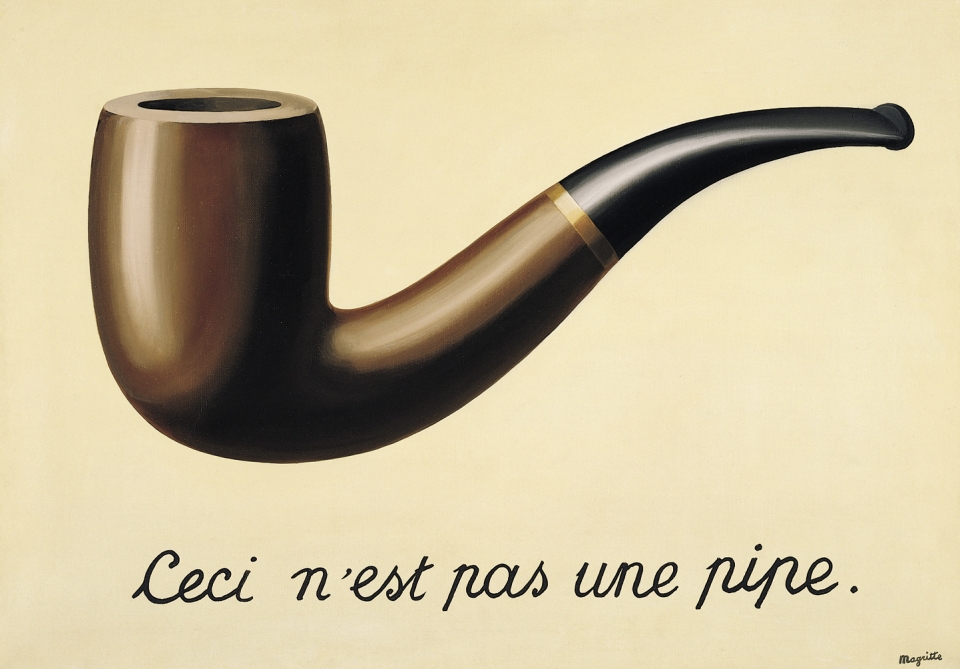
Documentary photography’s central moral associations are:
depicting truth
recording life as it is
camera as a witness.
The photograph as evidence
Since its ‘invention’ in the 1830s, photographs have been used as sources of evidence. The direct (indexical) relationship between the sun’s rays and the resulting image makes photographs seem reliable as sources of information. No wonder that photography was enthusiastically embraced by organisations like the police who began to use photographs as sources of legal proof. And yet, from the beginning, artists working with photography began to create images which relied on the manipulation of their photographs using techniques like combination printing, undermining their evidential status. Photographs are very persuasive since they look so much like the things photographed. As Susan Sontag has pointed out, when we hear about something happening but doubt its occurrence, we tend to believe it to be true when shown a photograph of it. However, she also describes the way that photographs are peculiar in the type of evidence they provide:
The photographer was thought to be an acute but non-interfering observer – a scribe, not a poet. But as people quickly discovered that nobody takes the same picture of the same thing, the supposition that cameras furnish an impersonal, objective image yielded to the fact that photographs are evidence not only of what’s there but of what an individual sees, not just a record but an evaluation of the world. It became clear that there was not just a simple activity called seeing (recorded by, aided by cameras) but ‘photographic seeing’, which was both a new way for people to see and a new activity for them to perform.
– Susan Sontag from On Photography
Some initial questions:
- What can photographs be evidence of?
- How many types of photographic evidence can you list?
- Which of your official documents include a photograph of you?
- Why are photographs considered, in some legal circumstances, to be a reliable source of evidence?
- How reliable is your Instagram feed or family photo album as a record of your life?
In 2016, the Michael Hoppen Gallery curated an exhibition of photographs entitled ‘? The image as question: an exhibition of evidential photography‘.
The exhibition featured a wide range of photographs from fields such as medicine, conflict, engineering, astronomy and crime. Originally used as evidence of something, torn from their original context and hung on a gallery wall, the photographs could be appreciated for their aesthetic qualities and artistry.

This was further emphasised by the exhibition hang which drew attention to the formal similarities between some of the photographs:





A limited edition of 200 catalogues were produced to mark the show, again conferring on the photographs the status of art object:
Part of the fascination with all photography is that the medium is firmly grounded in the documentary tradition. It has been used as a record of crime scenes, zoological specimens, lunar and space exploration, phrenology, fashion and importantly, art and science. It has been used as ‘proof’ of simple things such as family holidays and equally of atrocities taking place on the global stage. Any contemporary artist using photography has to accept the evidential language embedded in the medium.
— Michael Hoppen Gallery website
Do you know what London really looks like? Take our quiz and see if AI can fool you
After an image of the Pope fooled the internet, test yourself and see if you’re still one step ahead of artificial intelligence. Click here

TASKS: Produce a number of blog posts that show evidence of the following
Mon-Tue: ESSAY > Write a 1000-1500 word comparative essay on photography’s association with truth using both historical and contemporary images as examples.
The essay question (hypothesis), Photography and Truth: Can a photography lie? is designed to explore the idea of photographs as forms of evidence. Of course this is relevant to all photographs. To what extent can any photograph be relied upon to tell us the truth? With new technology, such as generative AI that produce content from images and texts that already exist on the internet, it also raises questions about originality, appropriation and authorship. These issues are central to contemporary artistic and photographic practice and students should be alert to them. Is the photographer always the one who presses the shutter? Does it matter?
DEADLINE: Wed 3 July
Follow these instructions:
- Select two images that have manipulated truth, one historical using camera technology, one contemporary using AI technology as examples to use in your essay
- Research history, theory and context of both images thoroughly and make notes.
- Read several sources (both online and on paper) to acquire sufficient knowledge and understanding
- Provide a critical perspective by referencing different points of view from sources.
- Select at least 2 quotes per image from sources you have read that is relevant to your essay question.
- Use Harvard System of Referencing and provide a bibliography
- Use key terminology specific to art and photography from the matrix/ sheet below.
Essay plan – use as a guideline
Hypothesis: Photography and Truth: Can a photograph lie?
Opening quote: to set the scene choose an appropriate quote from key texts or source that you have read and understood. Or select something Will Lakeman said in class discussion around ethics using AI in photography.
Introduction (250 words): Describe how photography from its invention as a new technology in 1839 was viewed as a threat to traditional artforms such as painting and drawing. Provide an overview of why photography (like all other art forms) is an illusion and a representation of reality (reflect on your essay earlier on the Origin of Photography). Explain what AI is as a new technology, and how it is already part of lives, give examples (Google, speech recognition, generative AI etc). Discuss both human and societal benefits and potential dangers of AI, again use examples such as Geoffrey Linton resigning from Google to bring awareness, or Sam Altman’s (CEO of OpenAI) being questioned by USA congress. Select one quote by either Linton or Altman and comment (either for or against). Introduce the two images that you have chosen as examples of the above.
Paragraph 1 (250-500 words): Describe how photography in the past (before the digital age) could be manipulated, both in-camera and in the darkroom (eg. reflect on Pictorialism’s use of chemicals and scratching surfaces in distorting images and earlier masking/ collaging technique sin the darkroom.) Provide an example of an image (see case studies below) from history of photography where the truth was distorted. Describe circumstances, context, different points of view and new discoveries or theories around the origin or meaning of your chosen image. Use either direct quote, paraphrasing or summary from sources and comment (for or against). Make sure you provide your own interpretation of the image too.
Paragraph 2 (250 -500 words): Describe how photography now since the digital age has been altering the truth from faking images in-camera to using image manipulation software, such as Photoshop. Provide an example of an image (see case studies below) produced using artificial intelligence that looks ‘real’, but are in fact a digital construct. Provide analysis of how generative AI such as DreamStudio, Midjourney or DALL E 2 has increased our ability to create new images that has no relationship with either photography or the truth. Use same formula as above and use either direct quote, paraphrasing or summary from sources and comment (for or against). Make sure you provide your own interpretation of the image too.
Conclusion (250 words): Refer back to the essay question and write a conclusion where you summarise in your own words both similarities and differences between your two image examples. For example, compare and contrast how historical images in the past and digital images made today, using new technology such as AI, have altered reality and distorted truth. Conclude with a statement on how you envisage the future of photography and AI image-making might change our perception of reality, and attitude towards truth.
Bibliography: List all the sources that you have identified in alphabetical order. Apart from listing literature you must also list all other sources e.g. websites/online sources, Youtube/ DVD/TV.
Quotes and referencing: You MUST reference some of the sources that you have used either by incorporating direct quotes, paraphrasing or summarising of an idea, theory or concept, or historical fact.

Use Harvard System of Referencing…see Powerpoint: harvard system of referencing for further details on how to use it.
CASE STUDIES
Explore case studies where images have ‘lied’ and truth has been manipulated, distorted, staged or altered. Choose two images – one historical and one contemporary – for your essay from case studies listed below that questions the notion of truth regarding the photographic image and its relationship with reality and explain why.


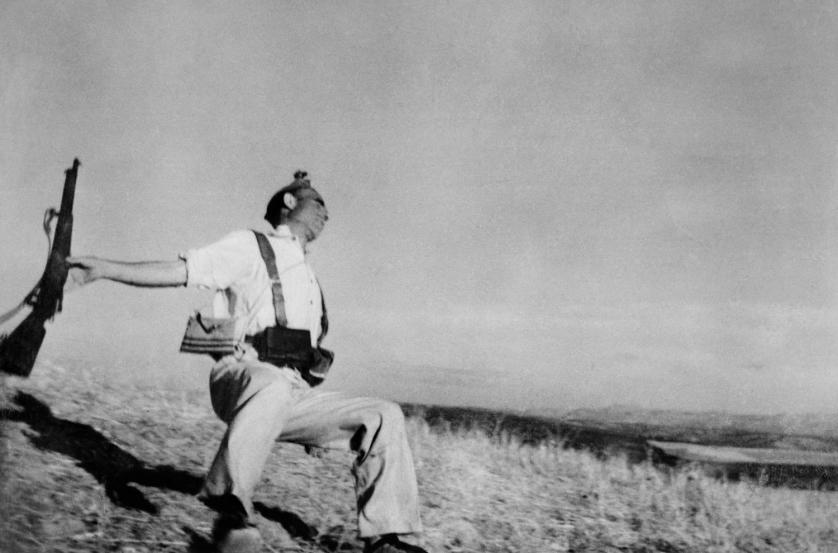


Joe Rosenthal’s original caption: “Atop 550-foot Suribachi Yama, the volcano at the southwest tip of Iwo Jima, Marines of the Second Battalion, 28th Regiment, Fifth Division, hoist the Stars and Stripes, signalling the capture of this key position.”
The images of renowned photographer Steve McCurry, who made the famous and iconic image of an Afghan girl for a front cover of National Geography has recently been criticized for making ‘too perfect pictures’ which not only are boring but reinforces a particular idea or stereotype of the exotic other.
Read this article by Teju Cole in the New York Times Magazine which compares McCurry’s representation of India with a native photographer, Raghubir Singh who worked from the late ’60s until his untimely death in 1999, traveling all over India to create a series of powerful books about his homeland.
Read this artcicle on Petapixel in In defense of Steve McCurry’s images
What is your view? Back it up with references to articles read and include quotes for or against.
Reference to Coldplay’s new video also highlight the idea of cultural appropriation that harks back to Britain’s colonial rule and exploitation of the Orient.
Jeff Wall is a Canadian artists known for his large scale tableaux image presented in light-boxes. Today, most of his images resemble reportage and, as such, are likely to incense his detractors, who claim he’s not a “true” photographer. His most contentious new work, called Approach, shows a homeless woman standing by a makeshift cardboard shelter in which we spy the foot of what could be a sleeping vagrant. Wall tells me it was shot under an actual freeway where the homeless congregate and that “it took a month to make, working hands-on” – but he won’t divulge just how staged it is. Is this an actual homeless woman, or an actor? Is the shelter real, or was it built by Wall’s team of assistants to resemble one?
Re-creating images from memory is crucial to Wall’s practice – perhaps because it flies in the face of the tradition of photography as an act of instant witnessing.
“Something lingers in me until I have to remake it from memory to capture why it fascinates me,” he says. “Not photographing gives me imaginative freedom that is crucial to the making of art. That, in fact, is what art is about – the freedom to do what we want.”
Read full interview with Jeff Wall here
In terms of truth or communicating an idea that make references to a real social problem such as homelessness, does it matter if the image is staged or not? Where does authenticity come into the picture?


Berlin-based photographer Boris Eldagsen rejected the recognition from Sony World Photography Awards, saying that artificial intelligence (AI) images and photography should not compete with each other in similar contests. In a statement published on his website, Erdagsen said that he applied to the competition “as a cheeky monkey” to find out if such events are prepared to handle AI-generated content. The photographer also urged for debate on the role of AI in photography. “We, the photo world, need an open discussion. A discussion about what we want to consider photography and what not,” wrote Eldagsen.
Read Boris Eldgasen’s own comments om his website here, where you will also find hyperlinks to many articles and interviews given about the image and his refusal to accept the Sony World Photography Awards 2023.
Seymour, Tom (18 April 2023), The camera never lies? Creator of AI image rejects prestigious photo award. The Art Newspaper. (Accessed 19 June 2023)
Boris Eldagsen has accused the Sony World Photograph Awards of failing to distinguish between a photograph and a DALL-E 2-created image, while the organisers condemn a ‘deliberate attempt at misleading us’
Bush, Lewis (20 April 2023), ‘AI photography is here to stay—here’s why we should be worried’. The Art Newspaper. (Accessed 19 June 2023)
Maybe we should direct our attention less on whether these images count as photographs, and more on the moral right or wrong of how they work
Grierson, J. (17 April, 2023) Photographer admits prize-winning image was AI-generated. The Guardian News & Media Ltd. (accessed 19 June 2023)
German artist Boris Eldagsen says entry to Sony world photography awards was designed to provoke debate.
Williams, Zoe (18 April, 2023), ‘AI isn’t a threat’ – Boris Eldagsen, whose fake photo duped the Sony judges, hits back. The Guardian News & Media Ltd. (accessed 19 June 2023)
The German artist caused uproar this week when he revealed the shot that won a prestigious award wasn’t what it seemed. But, he insists, AI isn’t about sidelining humans – it’s about liberating artists
Parshall, Allison, (April 21, 2023) How This AI Image Won a Major Photography Competition. Scientific American (accessed 19 June 2023)
Boris Eldagsen submitted an artificial-intelligence-generated image to a photography contest as a “cheeky monkey” and sparked a debate about AI’s place in the art world
Bartels, Meghan (March 31, 2023), How to Tell If a Photo Is an AI-Generated Fake. Scientific American (accessed 19 June 2023)
Artificial-intelligence-powered image-generating systems are making fake photographs so hard to detect that we need AI to catch them.

Here is a statement by David Fathi: The Machine Seems to Need a Ghost about his new project and use of AI in his work.
‘Generative artificial intelligence and machine learning are rapidly advancing. Anyone can use image generation tools to create without needing specific technical or artistic skills. The images generated by these tools challenge the notions of work and creator, as if they were algorithmic ready-mades. Like Marcel Duchamp’s urinal, bottle rack or snow shovel, they are products of mechanization and automation (industrial for Duchamp, digital for these new creations) and displayed in an art gallery. The artist does not have to paint, photograph or sculpt; his choices and decisions shape the work. The algorithm draws from a huge database of images that mirror our world without replicating it accurately. The generated images look more and more realistic and close to reality but also act as a distorting mirror, exaggerating all the stereotypes and biases of our visual culture.
We are at a turning point where human production has not yet been contaminated by artificial production. However this will soon change as the tools themselves use their own creations as input. Gradually the feedback loop, an endless cycle where culture ceaselessly refers to itself, will come to dominate the database, risking getting stuck in nostalgia for the past and trapped in a closed , meta-stable, system. Duchamp’s ghost still haunts us, an unavoidable reference in the history of contemporary art, often quoted, copied or parodied by generations of artists that followed. He became an art cliché despite himself. Duchamp himself described his own art as “meta-irony” to describe his art – a form of critical distance holding its own questioning.
Artificial intelligence raises ethical, artistic and social questions that are only an acceleration of the same questions that have followed the inventions of printing, photography, computer or the internet. The growing automation only makes it harder to escape our current system and the “meta” has become a refuge. This constant self-reference, reflexivity, circularity of our art, our technologies, our culture is becoming a trap where the past’s ghosts still haunt our present thinking.’

Philip Toledano: (mrtoledano) For the final act of the trump series, let’s think about who donald trump would be if he didn’t have his fathers money. If he hadn’t had a gilded life of privilege handed to him. What if he was just Donny from Queens ? What would his life look like? What would he be doing ?
Philip Toledano: I’ve noticed a lot of work uses ai to recreate photography as it is now-some sort of reflection of reality -but what’s utterly intriguing is that AI has its own voice. For instance, this image of the two men fighting I would argue is much more interesting than the one I posted yesterday (can you see what’s different ?) because (metaphorically) I allowed ai to have a say -now this image asks more questions (which is ALWAYS a good thing in art)
READING > REFERENCES > SOURCES
Below are some background text on some of the topics of discussion, such as truth, ethics, realism, representation and genres of documentary photography and staged photography (tableaux). Reading a couple of these texts would provide you with the background knowledge and understanding that is required for you write a critical essay on the topic around photography and truth. It is your own responsibility to research relevant information and context around the two images that you have chosen from case studies above.
Documentary > Truth > Realism > Ethics > Representation
A short PPT on Documentary Photography
Bright, Susan (2019) Is it Real? in Photography Decoded. London: Octopus Publishing Group Ltd.
Sontag, Susan (1977) ‘In Plato’s cave’, Chapter 1 in On Photography. London: Penguin Books
Here some helpful resources on Sontag: On Photography from PhotoPedagogy
Max Pinckers Interview: On Speculative Documentary
How fact and fiction today in documentary photography is blurred
Here some helpful resources on ethical questions regarding the photographer’s position of being inside or outside from PhotoPedagogy
Tableaux Photography > Pictorialism > Narrative > Cinema
A short PPT on Tableaux Photography
Bate, David (2016) ‘Pictorual Turn’ in Art Photography. London: Tate Galleries.
How Tableaux has been influenced by Pictorialism
Stephen-Bull_Photographs-as-art_Pictorialism_Modernism_Postmodernism
Artificial Intelligence > Ethics > Regulation > Media – current debates
In March, some prominent figures in tech signed a letter calling for artificial intelligence labs to stop the training of the most powerful AI systems for at least six months, citing “profound risks to society and humanity.” The letter, published by the Future of Life Institute, a nonprofit backed by Elon Musk, came just two weeks after OpenAI announced GPT-4, an even more powerful version of the technology that powers ChatGPT. In early tests and a company demo, GPT-4 was used to draft lawsuits, pass standardized exams and build a working website from a hand-drawn sketch.

Lets watch this interview on CNN with Dr Geoffrey Hinton who says ‘AI could kill humans and there might be no way of stopping it.’. The man often touted as the godfather of AI quit Google, citing concerns over the flood of misinformation, the possibility for AI to upend the job market, and the “existential risk” posed by the creation of a true digital intelligence. For more context read articles in The Guardian and NYT (New York Times) too
‘Godfather of AI’ says AI could kill humans and there might be no way to stop it
other clips DeepMind CEO on AI Godfather Hinton’s Google Departure | Watch (msn.com)
AI Principles
The Asilomar AI Principles, coordinated by The Future of Life Institute (FLI) and developed at the Beneficial AI 2017 conference, are one of the earliest and most influential sets of AI governance principles. Read all principles listed, especially those linked with Ethics and Values.
https://www.facebook.com/watch/?v=538404941814298
AI and Ethics Panel (vimeo.com)
AI and Ethics Panel
The University of Florida hosted a panel on ethics in artificial intelligence on Tuesday, May 2, 2023, with faculty members exploring the important role of ethics as scientists race toward increasingly sophisticated AI technologies. UF faculty members Amelia Winger-Bearskin, Duncan Purves, Tina Tallon and Sanethia Thomas participated in the online panel, which explored various topics related to the ethical implications of artificial intelligence, including algorithmic bias, ChatGPT and the social impact of AI on different communities.
Artforum editor in chief David Velasco visits Josh Kline at New York’s Whitney Museum of American Art to discuss “Project for a New American Century,” his first institutional survey in the US. Kline, whose work graces the cover of the April issue, reflects on his world-building art, the unfolding disasters of climate change and AI, and why he still sees the future as a place of hope. In the April issue: Colby Colby Chamberlain on the art of Josh Kline.
https://www.artforum.com/print/202304.

